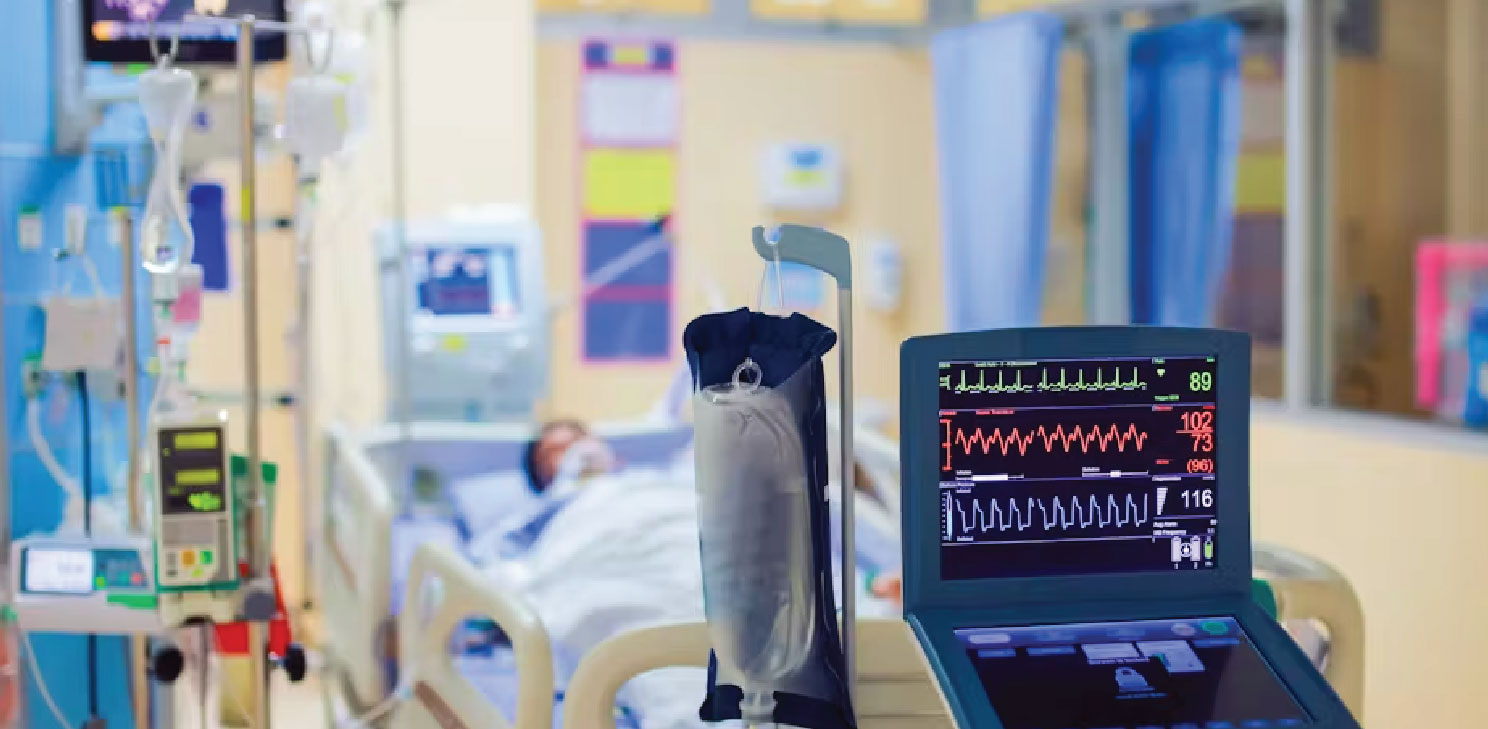Galileo is Europe’s Global Navigation Satellite System (GNSS) and it has been operational since December 2016. Galileo consists of 24 satellites orbiting Earth at an altitude of 23,000 km. Galileo is three times more accurate than GPS providing 1 meter accuracy and a broad range of services.
The advent of autonomous driving in agriculture has led machine manufacturers to choose positioning and navigation systems to be mounted on board. In many cases, non-satellite systems are used: the machines are equipped with sensors capable of detecting precise areas of the plot (or crop) such as to allow semi-automatic driving of vehicles along optimal routes. The sensors used are mainly optical and radar sensors, lidar sensors or 3D cameras that detect furrows or swaths and, through real-time image analysis, correct the tractor’s trajectory according to the operation.
The choice not to use satellite systems is due to the fact that these in themselves do not ensure centimetre accuracy of indications. This changes when satellite signals are integrated with Realtime Kinematics (RTK) solutions. This integration provides important benefits and opportunities for autonomous machines in the agricultural environment, greatly improving the accuracy of movements and enhancing the overall functionality of the assets. The integration consists of the use of a system of two or more satellite signal receivers, at least one of which is fixed, whose position has been determined geodetically and by other means with the highest precision. This receiver with known and precise coordinates is able to constantly correct the signal received from the satellite relative to its position and transmit the correction to the mobile receivers to which it is coupled. Based on this data, mobile receivers, e.g. those on self-driving robots, can correct their position, achieving centimetre accuracies.
The first Galileo-enabled autonomous vehicle was a Renault ZOE electric car has been autonomously driven on tracks and on public roads in a world first for the Galileo programme by the University of Technology of Compiègne, France in November 2019.
GREENPATROL, an EU-funded solution to agricultural pest control, uses Galileo to guide a robot inside the greenhouse which can autonomously detect pests, apply treatments and monitor infestations. “The solution is a tool for precision farming, where GNSS technology is a key enabler. Using the satellite system’s precise positioning algorithms and combining this data with information from on-board sensors, GREENPATROL is able to position itself inside the greenhouse with an accuracy of within 20 cm,” explains Raúl Arnau Prieto, project manager at the Technological Centre CTC and GREENPATROL project coordinator. “Greenhouse structures can make satellite signals difficult to track. The Galileo wideband signal offers significant advantages in this type of environment, greatly improving the performance inside the greenhouse,” says Michael Pattinson, engineering manager and project manager for GREENPATROL .
The French company Agreenculture made the choice to integrate Galileo signals as part of its autonomous agricultural robotic solution to improve the computed trajectories. The glocalization system developed by Agreenculture is based on a fixed base station with known coordinates and a box (called AGC Box) with a satellite receiver that is placed on the self-driving vehicle. The AGC Box then recalculates the trajectories sent to it by the satellite signal based on the indications of the fixed station, within a predefined space (the field or vineyard) and on the basis of a positioning algorithm developed by Agreenculture, which allows centimetric accuracy in autonomous driving.
The case of Agreenculture shows how satellite navigation technology, in particular the European Galileo system, can become an important ingredient of the agricultural robotics revolution. The improvement of the mapped trajectories is equivalent to optimized and more accurate routes for autonomous machines, to greater safety and reliability for them. This means both environmental benefits – reductions in fuel, water, pesticides and emissions – helping European agriculture to become more sustainable and competitive, and a reduction in the work of the farmer, who can delegate some tasks to the machines and concentrate on tasks where human labour is irreplaceable. This experience also shows how on the basis of a tool available to everyone – the Galileo system – new tools can be developed for agriculture
To discuss how to encourage autonomy in the European off-highway sector, network with peers and solution providers and attend talks from industry leaders, book your place to attend the 4th Autonomous Off-Highway Machinery Technology Summit will be taking place May 21-22, 2025 in Berlin, Germany.
For more information, click here or email us at info@innovatrix.eu for the event agenda.






